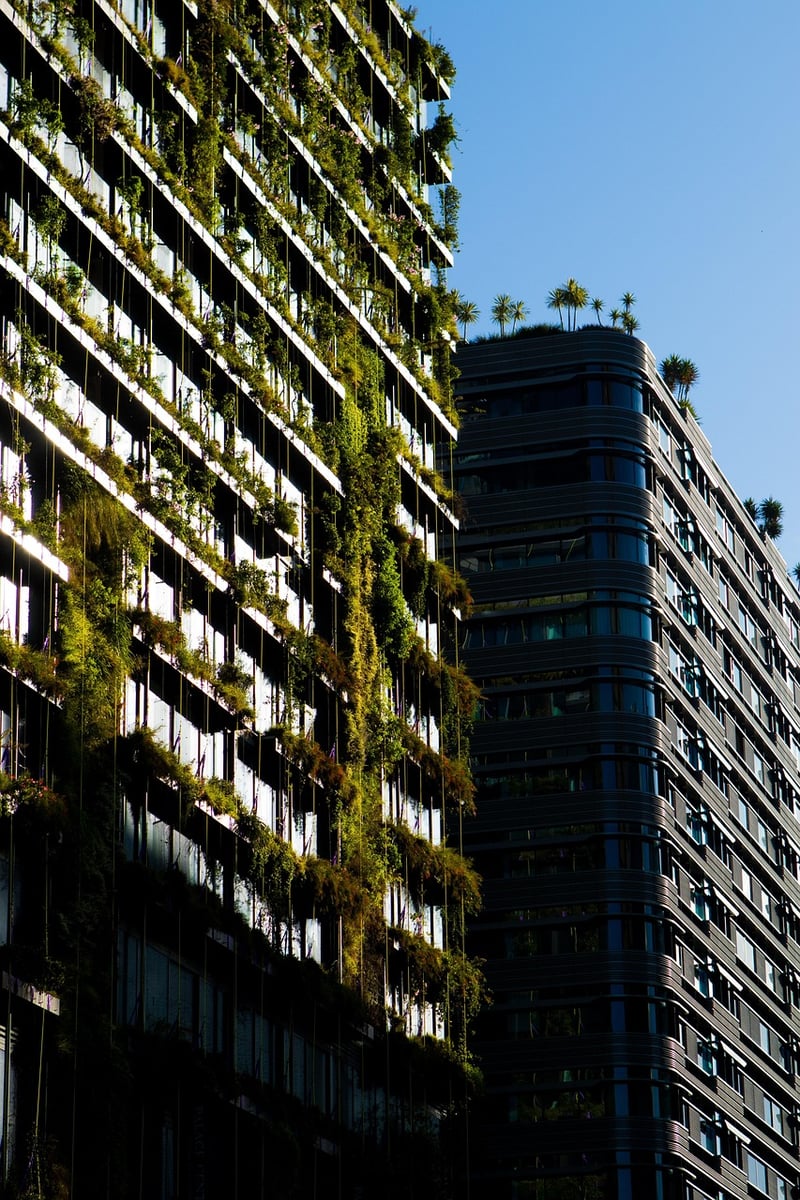Light Requirements
Essential Care for Thriving Vertical Gardens
Introduction
Vertical gardens are a fantastic way to bring nature into urban spaces, adding beauty and improving air quality. To ensure your vertical garden thrives, it's crucial to provide proper care and attention. Here are some essential tips to help you maintain a healthy and vibrant vertical garden.
1. Proper Watering
Watering is key to the success of any garden, including vertical ones. Make sure to water your vertical garden regularly, especially during hot weather. Ensure that the water reaches all plants, including those at the top, by using a watering can or a drip irrigation system.
2. Soil Quality
Choose a high-quality potting mix that is well-draining to provide a healthy growing environment for your plants. Consider adding organic matter to improve soil fertility and structure. Regularly check the soil moisture levels and adjust as needed.
3. Pruning and Maintenance
Regular pruning helps keep your vertical garden looking tidy and encourages healthy growth. Remove dead or yellowing leaves, trim overgrown branches, and check for pests regularly. Maintenance tasks may vary depending on the plants you have in your vertical garden.
4. Fertilization
Provide your vertical garden with the necessary nutrients by fertilizing it regularly. Choose a balanced fertilizer suitable for the types of plants in your garden. Follow the manufacturer's instructions for application to avoid over-fertilization, which can harm your plants.
Light Requirements for Vertical Gardens
1. Sunlight
Most plants in vertical gardens require ample sunlight to thrive. Place your vertical garden in a location that receives at least 6-8 hours of sunlight per day. South-facing walls or areas with unobstructed sunlight are ideal for sun-loving plants.
2. Shade-Loving Plants
If your vertical garden features shade-loving plants, ensure they receive filtered or indirect light. Avoid placing them in direct sunlight, as it can scorch their leaves. North-facing walls or areas with dappled sunlight are suitable for shade-loving plants.
3. Artificial Lighting
In spaces with limited natural light, consider supplementing with artificial grow lights. LED grow lights are energy-efficient and provide the necessary light spectrum for plant growth. Position the lights at an appropriate distance from the plants to prevent light burn.
Conclusion
By following these essential care tips and understanding the light requirements of your vertical garden, you can create a thriving green oasis in any space. Regular maintenance, proper watering, soil quality, and ensuring adequate light will help your vertical garden flourish and bring joy for years to come.

Image Source: Pixabay
